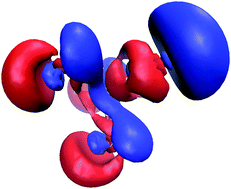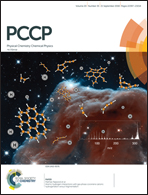The coulombic σ-hole model describes bonding in CX3I⋯Y− complexes completely†
Abstract
Contrary to recent reports, the σ-hole interaction energies of complexes between the carbon tetrahalides CX3I (X = F, Cl, Br, I) and halide anions Y− (Y = F, Cl, Br, I) are described very well by the simple Coulombic σ-hole concept if it is applied properly. There is no need to invoke charge transfer, which in any case is not uniquely distinguishable from polarization.



 Please wait while we load your content...
Please wait while we load your content...